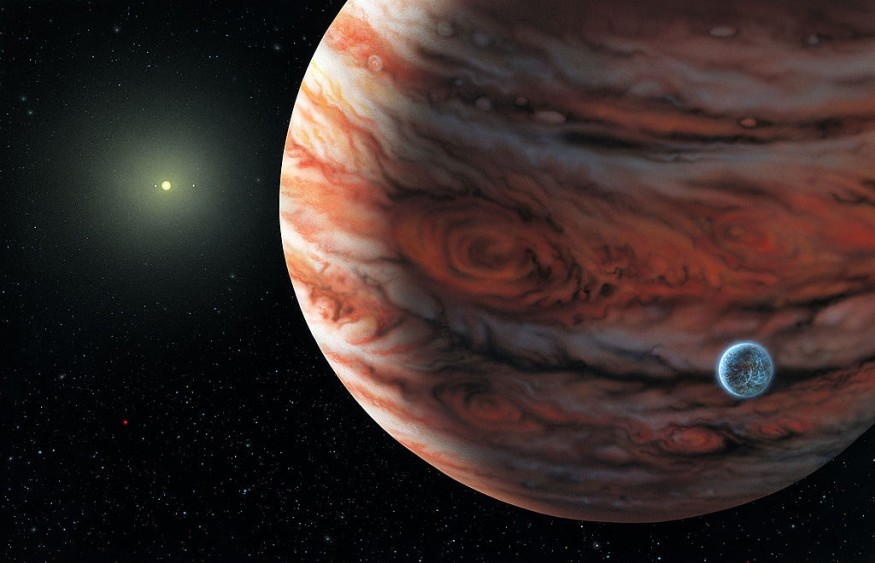Jupiter is impossible to miss this September because it shines brighter than anything else in the night sky outside the moon.
On September 26, the enormous planet will pass directly across the sky from the sun during its closest approach to the Earth.
According to EarthSky, Jupiter will be closer to Earth at its opposition in 2022 than it has been in the previous 70 years.
Grab a pair of binoculars to observe Jupiter's four biggest moons as they orbit the planet, continuously shifting their locations from night to night.
Jupiter in Opposition
The optimum moment to see and photograph a planet is during an "opposition," when the planet will be direct across from the sun in the sky.
Metro said our two planets' distances from one opposition to the next could differ because planets don't have completely circular orbits.
Approximately every 13 months, there is an opposition with Jupiter, but this is most likely the closest we will be near the gas giant in decades. So, it may only happen once in a lifetime.
Jupiter will be at its biggest and brightest during opposition and will be visible for most of the night while it is above the horizon. It's a great time to see and photograph the gas giant.

ALSO READ : Go Skywatching This Week As the Moon Creeps Up to Saturn, Jupiter When They Take the Spotlight
If you stay up all night this week, you may watch Jupiter set in the southwestern sky just before daybreak.
Forbes suggested you will be able to see Jupiter rise in the east at dusk and set in the southwest at daybreak if you return in a month when it is in opposition.
You may readily see brilliant Jupiter rising in the eastern sky throughout the course of the next few weeks if you gaze to the east around two hours after sunset.
The "Great Square of Pegasus," an asterism inside a bigger constellation, is a diamond-shaped constellation made up of four brilliant stars that may be seen directly above it. Saturn, whose amazing ring pattern is visible via any modest telescope, is far to the right.
How to See Jupiter Properly
According to CNet, Jupiter is already the brightest celestial body in the night sky besides the moon. It's really simple to find. Just step outdoors a few hours after sunset, check the eastern horizon for the brightest object that doesn't appear to glimmer like the stars, and then look skyward.
You should take advantage of this occasion to practice using any telescope or pair of binoculars you might have on hand to see if you can obtain a clearer picture and perhaps even make out any of Jupiter's larger moons.
On September 26, Jupiter will theoretically be at its closest and brightest, but not by much, especially to the naked eye. This is the point of opposition. The planet, however, will rise that evening quite close to sunset and subsequently set very close to morning.
But right now, you can step outside and enjoy the greatest vista in (a few) generations. Mark your calendars for the following planetary opposition, which will occur in early December and include a brilliant Mars in the sky.
© 2026 ScienceTimes.com All rights reserved. Do not reproduce without permission. The window to the world of Science Times.












